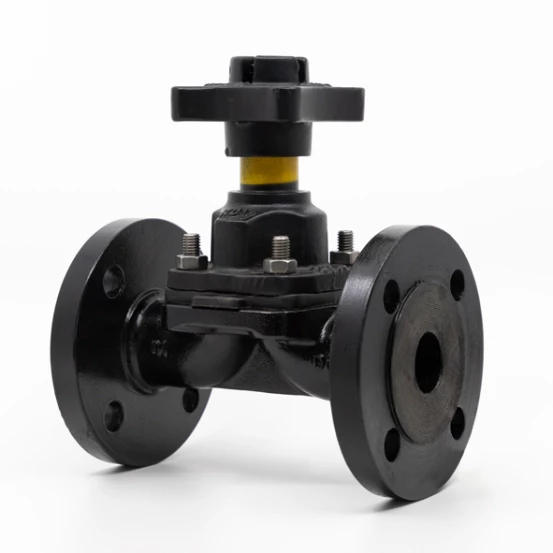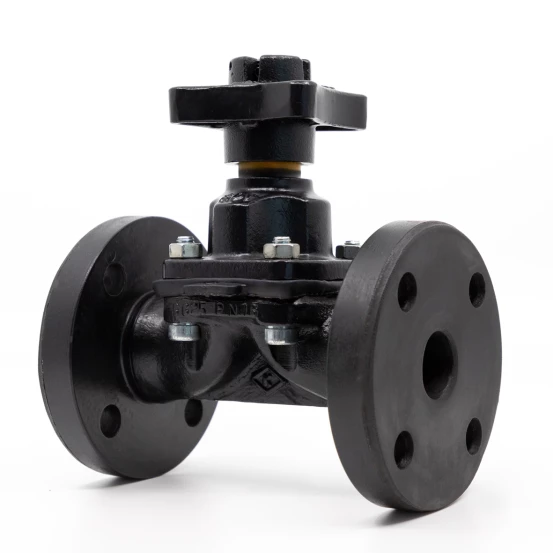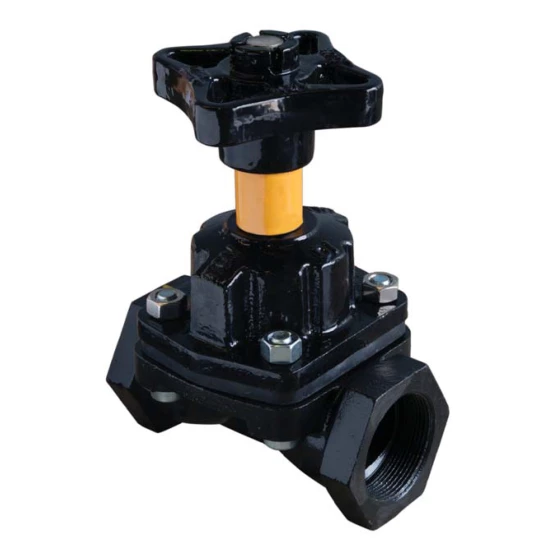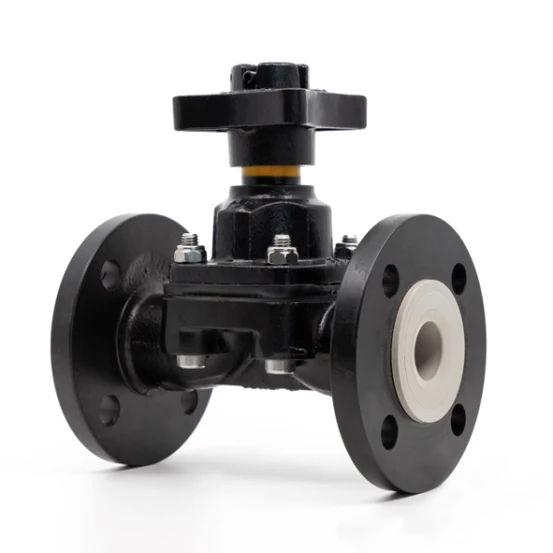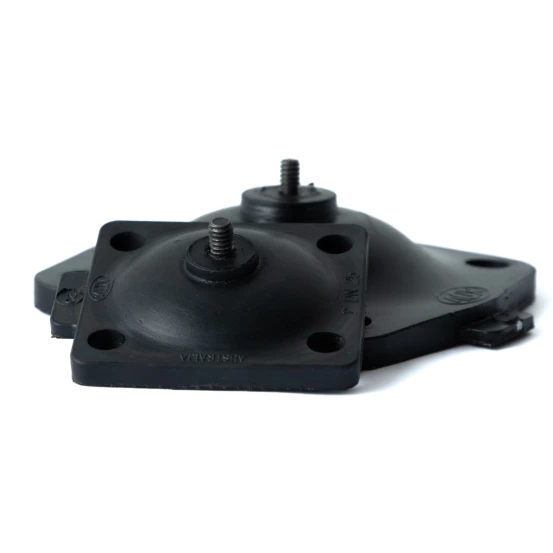
|
Rotterdam
KLINGER The NetherlandsNikkelstraat 2 3067 GR Rotterdam
Elsloo
KLINGER Service Center LimburgBusiness Park Stein 208A 6181 MB Elsloo
Velsen-Noord
KLINGER The NetherlandsRooswijkweg 200 1951 MD Velsen-Noord
Moordrecht
Hadro TechnologySouth Lane 351 2841 MD Moordrecht |
Diaphragm valves
Diaphragm valves are used to regulate the flow of powder, slurry, liquids or gases. This is done by pressing a flexible diaphragm against the bore , closing off the passage of the medium. Diaphragm valves are widely used in various industries such as steel, process, petrochemical, food and pharmaceutical.
Frequently asked questions (FAQ)
Where are diaphragm valves primarily used?
Diaphragm valves are widely used in various industries to regulate the flow of powder, slurry, liquids or gases. This can be done in the steel, process, petrochemical, food and pharmaceutical industries, particularly ideal in situations where serviceability, reliability, longevity and hygiene are important.
How do diaphragm valves ensure hygiene?
Thanks to the construction of the diaphragm valve, the medium does not come into contact with the moving parts, which reduces the risk of contamination and wear. There is also no "dead space" in which medium can remain during operation of the valve. In addition, various internal body coatings are available, which provide excellent wear and chemical resistance.
Is it possible to automate diaphragm valves?
Automation options, such as pneumatic, electric or hydraulic control, are available, as are controllable versions with a positioner.
Are there any loose universal diaphragms?
Our universal loose replacement diaphragms are compatible with various diaphragm valves from other manufacturers, please inquire with our sales department.
In what materials are the loose universal membranes available?
The loose replacement diaphragms fitting in KLINGER diaphragm valves and other manufactures are standard available in EPDM, Natural rubber, Butyl rubber , PTFE/EPDM, Neoprene CR. Also available : EPDM food grade, Hypalon CSM rubber, FPM rubber, NBR rubber, PTFE/FPM, Silicone rubber.
Contact
For more information on our valves, please contact us at:
